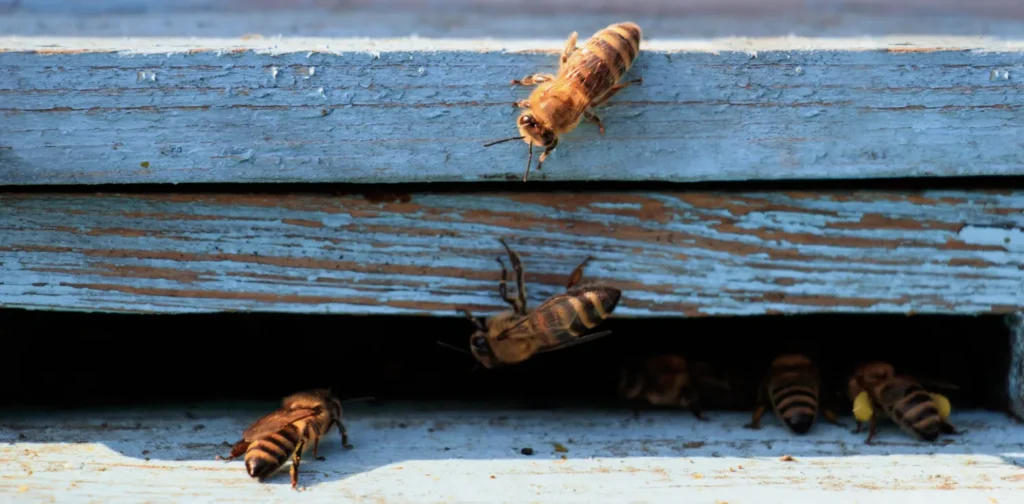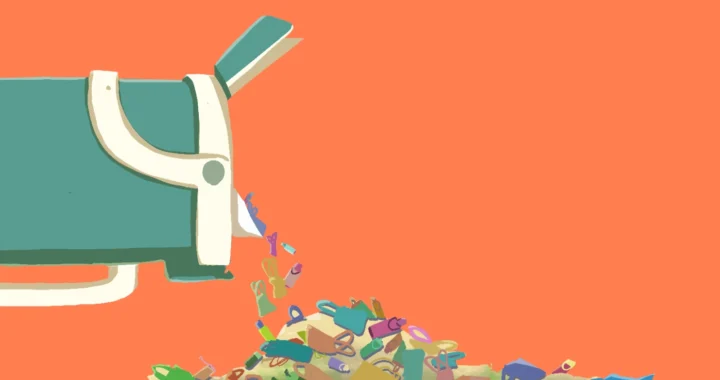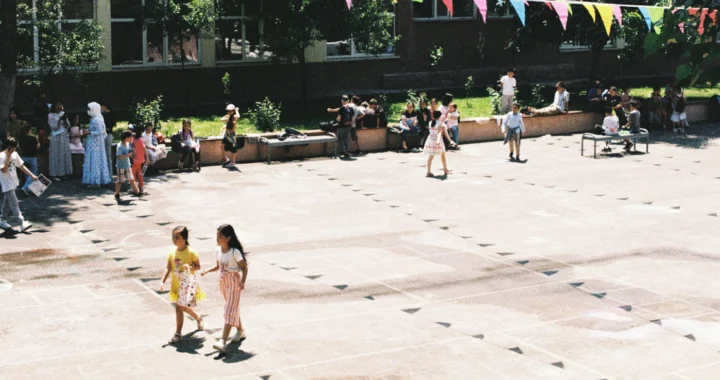Beehive Fences as a Nature-based Solution to Human-Elephant Conflicts in Africa

Photo: Freepik
The development of human society often comes at the cost of wildlife and their habitat. In Africa, human-elephant conflicts are a growing issue that puts both humans and elephants at risk. There is a need for measures that ensure the safety of people and their crops without endangering the elephant population. Among them, beehive fences emerge as a potential solution.
Understanding Human-Elephant Conflicts
Human-elephant conflicts occur when elephants invade human settlements, leading to crop damage, property destruction, and sometimes human injury or death. Such incidents would then drive people to kill or fatally injure elephants.
However, this is not a one-sided story of victims versus perpetrators. Elephants’ ‘invasions’ are driven by habitat loss, reduced migration routes, and human encroachment into elephant habitats.
In the African context, human-elephant conflicts are intensified by the large, mobile nature of African elephants and the growing pressure of human activities such as farming, infrastructure development, and population growth. Unlike their Asian counterparts, African elephants still roam vast areas, but these spaces are increasingly becoming fragmented.
Beehive Fences as a Nature-based Solution
Beehive fences are made of bee hives hanging between wooden posts around a farm perimeter, like fences. When elephants try to enter a farm, beehives shake due to their movements, and the bees come out. The buzzing sound and stings scare the elephants away.
This nature-based solution has been used and observed in Kenya. After nine years of study, researchers found that beehive fences stopped 86.3% of elephant raids during crop season. The effectiveness of beehive fences has also been tested in different regions where human-elephant conflict is common. A study conducted by ESRI confirms that elephants avoid areas with active beehives, preferring to move away rather than risk being stung as elephants have sensitive skin and a history of painful interactions with bees. This reduces the likelihood of elephants being killed due to crop raiding.
Moreover, beehive fences are also cheaper than the electric fences, making them a more cost-effective solution. At the same time, the bees from these fences also help improve crop pollination, and farmers can sell the honey for extra income.
Innovative Solutions and Improvements
Beehive fences offer an innovative solution to human-elephant conflicts, but they come with several challenges. To ensure the wellbeing of humans and bees, beehives require constant maintenance and safety measures, which can be time-consuming. Additionally, environmental conditions such as drought can significantly reduce the number of bees, making the fences less effective. Researchers are still exploring ways to improve the design of beehive fences. Some studies are testing different hive placements, fence materials, and even combining beehive fences with other deterrents like chili-based barriers.
Ultimately, human-elephant conflicts are a complex combination of biodiversity and ecosystem crisis as well as human interest and rural development. Addressing them requires integrated solutions like creating wildlife corridors, using technology to alert farmers, and promoting community-based conservation efforts. Conservationists, local communities, academia, governments, and other relevant stakeholders must continuously seek to research, develop, and implement innovative solutions to human-wildlife conflicts that let us coexist and are beneficial to people and the planet.
Editor: Nazalea Kusuma



 Developing Financing Initiatives for the ASEAN Power Grid
Developing Financing Initiatives for the ASEAN Power Grid  Imparting Actionable Knowledge Through Sustainability Training Activities
Imparting Actionable Knowledge Through Sustainability Training Activities  Stop Funding Factory Farming in Vietnam: Pathway to Financing a Just and Sustainable Food System
Stop Funding Factory Farming in Vietnam: Pathway to Financing a Just and Sustainable Food System  When Green Turns Excessive: The Overproduction and Overconsumption of Reusables
When Green Turns Excessive: The Overproduction and Overconsumption of Reusables  SDG Venture Scaler Aims to Drive Sustainable Investment in Southeast Asia
SDG Venture Scaler Aims to Drive Sustainable Investment in Southeast Asia  Improving Primary Education in Central Asia
Improving Primary Education in Central Asia